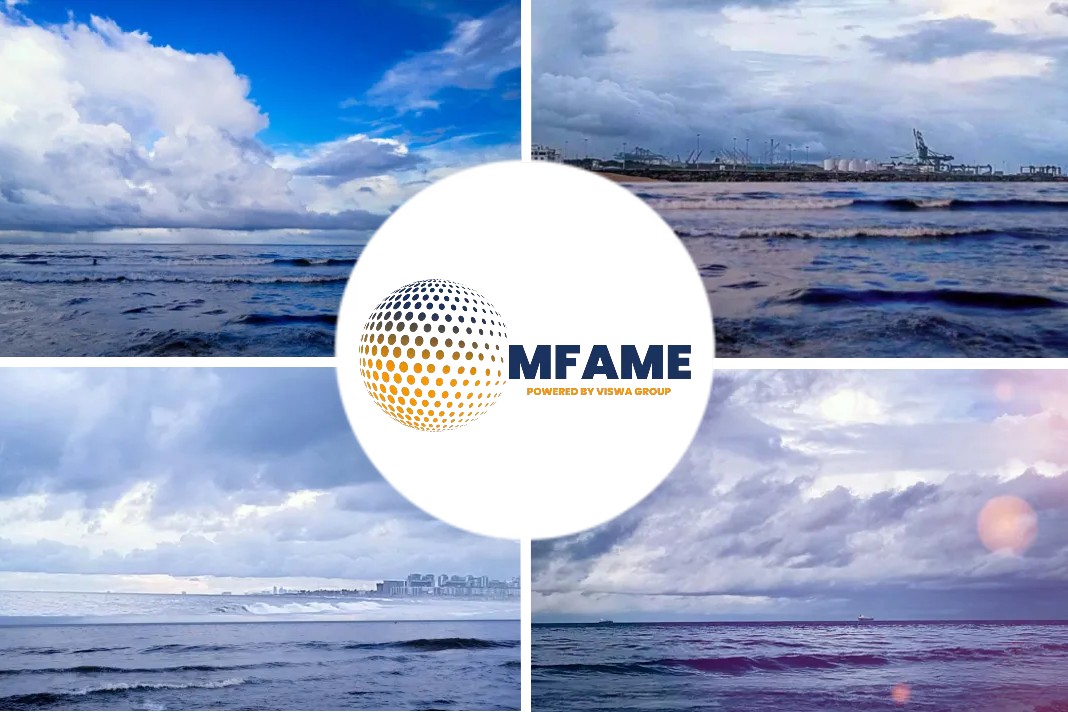- There can be very few people unaware of the long term health risks associated with the use of asbestos.
- Hence the widespread banning of using the material in a plethora of places and processes where it would previously been the first option.
- It was the perceived risk which led to the mandatory regulations banning asbestos installation in any part of a merchant vessel constructed after 2011.
- By order of the IMO’s SOLAS regulation II-1/3-5, which only permits its use in certain specified areas (rotary vane compressors and thermal insulation >1000C, for example).
A recent news article in the Handy Shipping Guide says that asbestos remains the hidden killer as ships fail to comply with IMO regulations.
Inventory of Hazardous Materials (IHM) survey
When a ship is subjected to an Inventory of Hazardous Materials (IHM) survey, as required after 2009 for all vessels over 5,000 Gross Tonnes, asbestos is often the first thing to be looked for, and shockingly it seems that many existing and new build vessels continue to operate systems and machinery containing the hazardous substance.
Maritec, a CTI Group company
Maritec, a CTI Group company, regularly executes such inspections and reports that, despite the very specific demands of the regulations.
From the asbestos surveys undertaken between 2011 and 2020, more than 55% of in-service vessels and 50% of all new builds were found to contain asbestos materials. John Rendi, General Manager, Environmental Services, Maritec, said:
“Although new build ships are delivered with an asbestos free declaration, in many cases asbestos has been found on board during subsequent surveys, or port state inspections. This is placing ship owners in a very difficult position. It can lead to fines and detentions along with the high cost associated with removal. More importantly, if seafarers and shipyard workers are unknowingly handling asbestos then they are at risk of developing a respiratory illness.”
Ship built after 2002
If during an IHM survey asbestos is found on board a ship built after 2002 (except when permitted in certain machinery on ships built before 2011).
Then it needs to be removed within a period of three years and replaced with a non-asbestos equivalent.
This replacement must not be attempted by anyone other than trained and certified professionals.
More than 63% of all the asbestos found
Pipe flange gaskets, valve packing and components in auxiliary machinery equipment, such as pumps, compressors, condensers, and oil purifiers, accounted for more than 63% of all the asbestos found on the vessels surveyed.
Other equipment where asbestos is commonly found includes heat exchangers, economizers, boilers, and inert gas systems.
Differing asbestos restrictions from country to country further compounds the problem. For example, the permissible threshold value for asbestos in the United States is 1% while in France it is zero.
In Singapore it is 0.1%, a contrast further explained by Maritec Operations Manager Alvin Lee:
“Countries do not necessarily share the same standards or asbestos restrictions. So, a gasket that is classified asbestos-free in Singapore or the US may not be considered asbestos-free in, say Australia, New Zealand or France, where the tolerance is higher when it comes to permissible value. It’s a big problem.”
How to resolve the situation?
The situation can only be resolved if, after a thorough IHM survey, and the subsequent removal of any asbestos, replacement spares are fully certified before being allowed on board for fitting.
Failure to do so could lead to health, and potentially legal complications further down the road, sadly as seen in other industries.
Did you subscribe to our daily newsletter?
It’s Free! Click here to Subscribe!
Source: Handy Shipping Guide


























